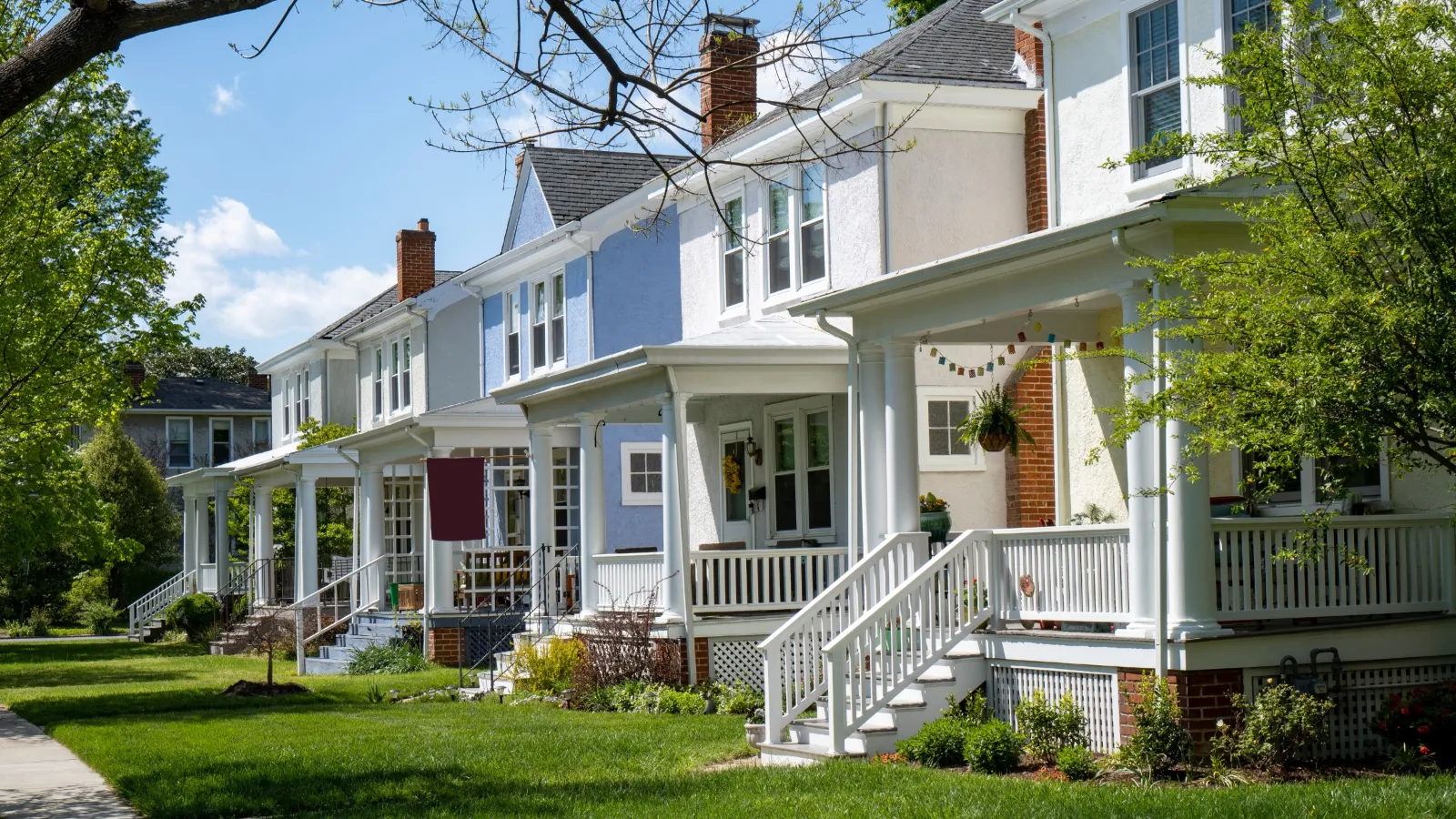How is Daylight Saving Time like Home Insulation?
On Sunday, over 200 million people switched back to Standard Time from Daylight Saving Time. Unfortunately, very few had their homes insulated on Sunday.
So how are the two alike? According the U.S. Department of Energy, both insulation and Daylight Saving Time are key elements in lowering your energy costs, reducing our nation's energy consumption, and conserving our precious natural resources! Sunday marked the end of Daylight Saving Time as we set our clocks back an hour (fall back). Now many of us suddenly are waking up when it's light and coming home from work when it's nearly dark. So how does that conserve energy?
Daylight Saving (Not "Savings") Time saves energy because most household activity occurs in the evening. That means more lights are on in more rooms. People are making meals, watching television, getting ready for bed. They have their outside lights on as well. By making the evening hours last longer, the need for lights is significantly reduced. In winter, it would not make as much of an impact, because the evening hours are short any way you look at.
In addition, there is the safety factor—people going to work and coming home when it's light out reduces dangers. Of course, this is especially true for school children. Another reason is that when the sun sets later in the warmer months, we are more likely to go out the house for the evening, which means little if any energy is being used at that time.
Who came up with the idea of Daylight Saving Time? Ironically, many attribute it to Ben Franklin, the very man who discovered electricity! However, the first time change didn't occur until near the end of World War I in the United States when we needed to use more energy and resources for our war effort. Germany, our enemy at time, had gone to Daylight Saving Time (now called "Summer Time" in Europe) at the start of the war.
When the war ended, we went back to Standard Time until World War II when again it was instituted as a means of conserving resources.
Following the War, states were free to choose if they wanted to have Daylight Saving Time every year. Some states said yes, others no. The result was mass confusion, especially for interstate transportation and communications like television. During that time, a truck going from Cleveland to West Virginia would go through seven time changes—and the states border each other! It wasn't until 1996 that the government stepped in and made Daylight Saving Time uniform throughout the United States. Only Arizona and Alaska don't spring forward or fall back.
Daylight Saving Time was lengthened in 1984 and again in 2007 when a full 4 weeks were added. Now, Daylight Saving Time begins on the second Sunday in March and ends on the first Sunday in November.
Following the last change, the U.S. Department of Energy did a study to see how much those 4 extra weeks helped, if at all. They found that it saved about 0.5 percent in total electricity per day. While this might not sound like a lot, it adds up to electricity savings of 1.3 billion kilowatt-hours — or the amount of electricity used by more than 150,000 households for an entire year. These electricity savings generally occur during a three- to five-hour period in the evening.
Saving energy is the reason we go to Daylight Saving Time. It is also the reason we need adequate insulation in the home.
Insulation dates back at least as far as the Middle Ages, when castles draped the walls with tapestries to keep the warmth in. Here, it wasn't until 1980 that insulation was required in new homes built in the United States.
The U.S. Department of Energy has found that heating and cooling account for up to 70% of the energy used in the average American home. They also have found that inadequate insulation and air leakage are leading causes of energy waste in most homes. It has been estimated that the difference in heating bills for an average sized home is about $1,500 a year for a home with leaky insulation.
Insulation saves money and our nation's limited energy resources, makes your house more comfortable by helping to maintain a uniform temperature throughout the house, and makes walls, ceilings, and floors warmer in the winter and cooler in the summer.
So while you set your clocks back, look forward to a comfortable winter and lower energy bills by properly insulating your home.



